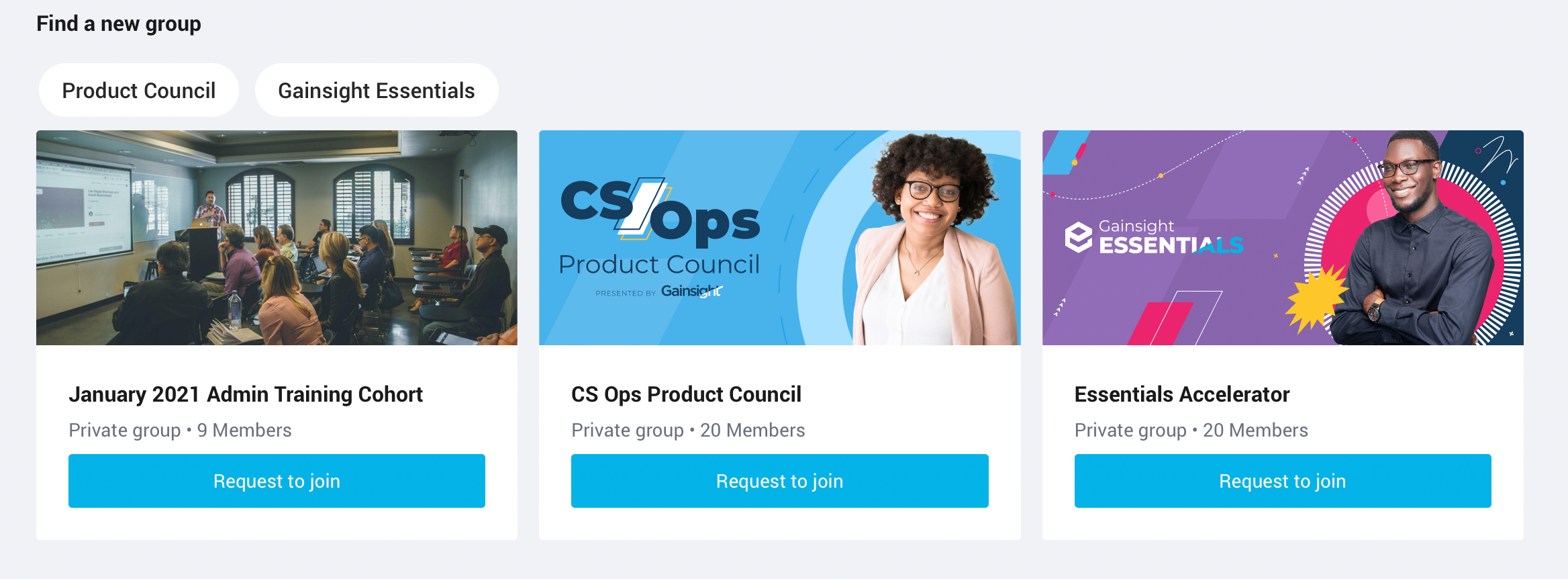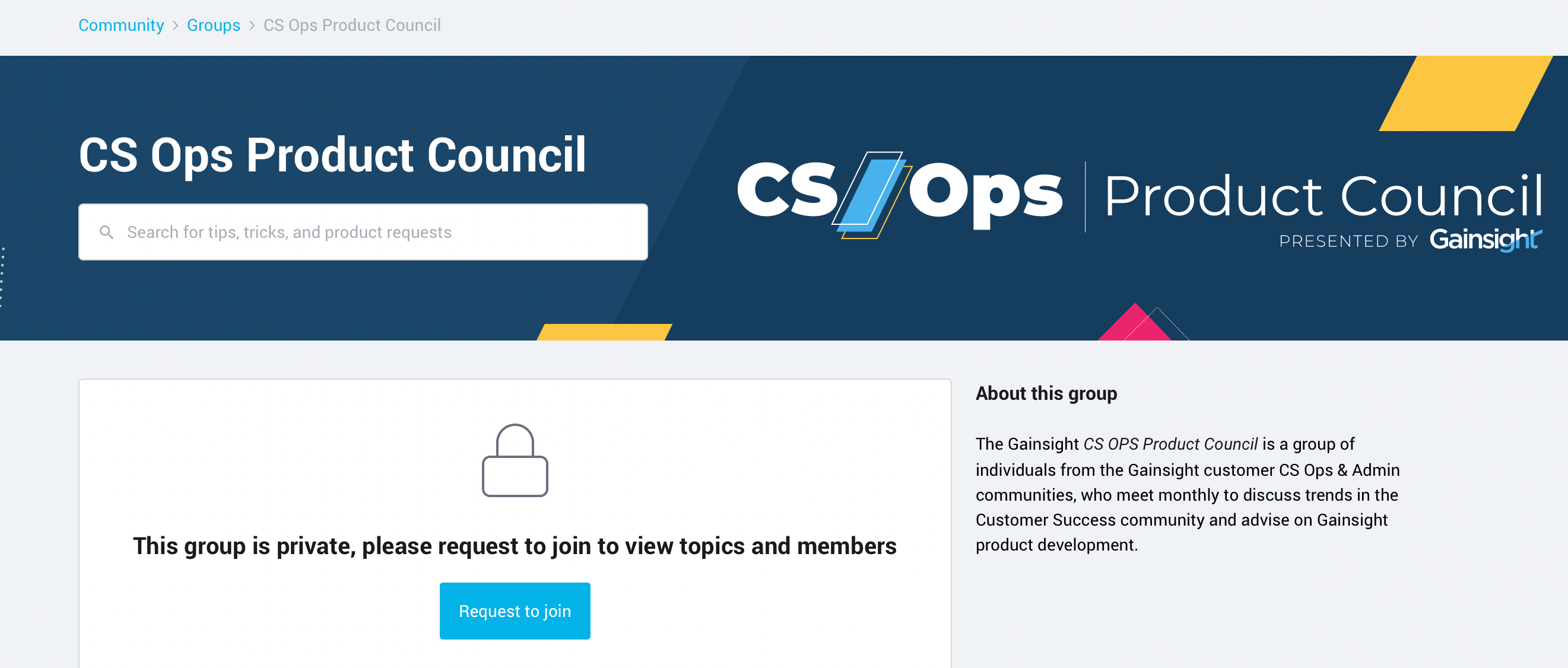The tricky thing is with ‘Private’ Groups which offer the same non-suspecting ‘Request to join’ button to users who may not be admitted.

I know, when we land on the specific Group landing page the About this group details would be used to set expectations, but not for the majority of users who’d be clicking the ‘Request to join’ button on the group thumbnail blurb on the previous step, from the /groups listing page. The Listings page should be expanded to include this crucial piece of context info.

You may say that set expectation in the Title with a preceding ‘Invite only’ before the Group title but then it does an inverse messaging for users who we want to join, so I’d not want to do that. :)

